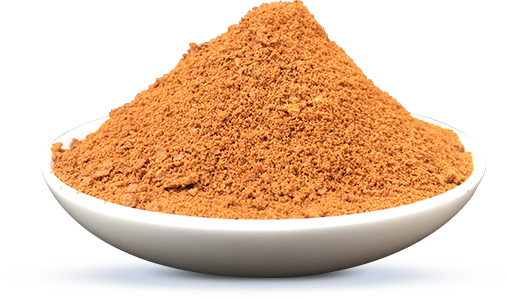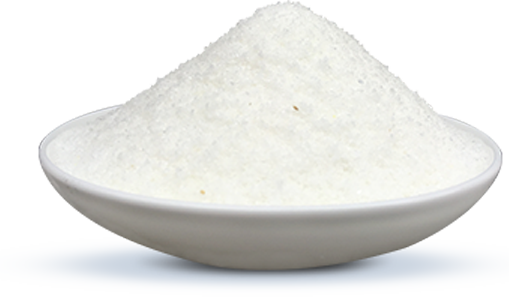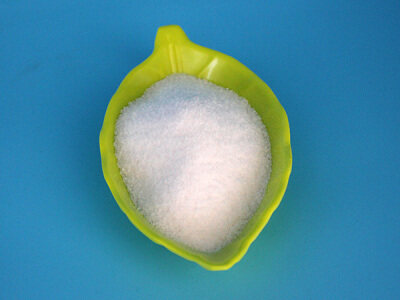Product Description
Polyaluminium chloride is easily soluble in water and has strong bridging
adsorption properties. During the hydrolysis process, physical and chemical
changes such as electrochemistry, coagulation, adsorption and precipitation
occur. This product is mainly used for the purification of drinking water and
the treatment of industrial wastewater, such as wastewater containing
radioactive substances, lead (Pb++), chromium (Cr+++), highly toxic heavy metals
and fluoride (F). In addition, it is also widely used in high-precision casting,
papermaking, leather making, etc. Polyaluminium chloride is an inorganic polymer
coagulant, referred to as polyaluminium, or PAC in English. It is an inorganic
polymer water treatment agent with a large molecular weight and a high charge
produced by the bridging effect of hydroxide ions and the polymerization of
multivalent anions. Polyaluminium chloride is a new type of purification
material, an inorganic polymer coagulant, also referred to as polyaluminium. It
is an inorganic polymer water treatment agent with a large molecular weight and
a high charge produced by the bridging effect of hydroxide ions and the
polymerization of multivalent anions. Polyaluminium chloride is in the form of
golden, khaki, brown or red granules/flakes. The water quality after
purification is better than that of aluminium sulfate coagulant, and the water
purification cost is 15-30% lower than that of aluminium sulfate. The floccules
are formed and settled quickly, and the processing capacity is greater than that
of traditional products such as aluminium sulfate. It can consume water with
alkalinity lower than that of various inorganic coagulants, so no or less alkali
agent is required. The applicable raw water PH range is 5.0-9.0. It has low
corrosiveness, good operating conditions, better solubility than aluminium
sulfate, and better applicability to source temperature than inorganic
coagulants such as aluminium sulfate.

Working Principle
1. It has unique performance in treating papermaking and printing and dyeing wastewater.
2. It has fast flocculation and precipitation, and can increase production capacity by 1.5-3 times under corresponding conditions.
3. Under the same dosage, the hardness of water consumed during coagulation is less than that of various inorganic coagulants, and the pH value of treated water is also reduced less.
4. When treating high-concentration water, alkaline additives and organic coagulants can be added without or with less addition.
5. Its decolorization ability is better than other inorganic water purifiers.
Product Features
Polyaluminium chloride is a new type of purification material, an inorganic polymer coagulant, also known as polyaluminium for short. It is an inorganic polymer water treatment agent with a large molecular weight and a high charge produced by the bridging effect of hydroxide ions and the polymerization of multivalent anions. Polyaluminium chloride is in the form of golden yellow, khaki, brown, or red granules/flakes. The quality of the purified water is
better than that of aluminium sulfate coagulant, and the water purification cost is 15-30% lower than that of aluminium sulfate coagulant. It has fast floc formation and sedimentation speed, and has a greater processing capacity than
traditional products such as aluminium sulfate. It can consume water with alkalinity lower than that of various inorganic coagulants, so no or less alkali agent can be added. The applicable raw water PH range is 5.0-9.0. It has low
corrosiveness, good operating conditions, better solubility than aluminium sulfate, and better applicability to source temperature than inorganic coagulants such as aluminium sulfate.








